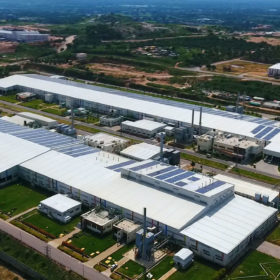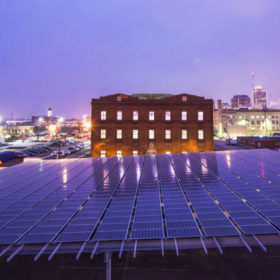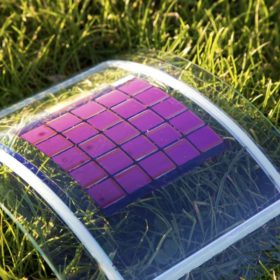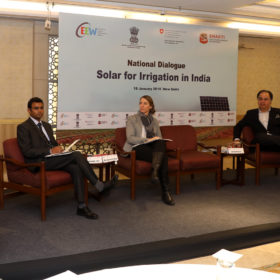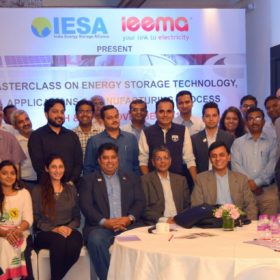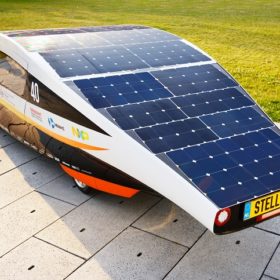Amara Raja to open 100 MWh Li-ion battery fab, eyes demand from EVs
Following hot on the heels of Exide Industries, lead acid battery maker, Indian-based Amara Raja Batteries Limited has said it will set up a 100 MWh lithium ion assembly plant in Andhra Pradesh. The company aims to establish a foothold in the energy storage market for electric vehicles.
Solar performance polluted by urban haze
Research conducted over several years by scientists at the Massachusetts Institute of Technology (MIT) demonstrates that air pollution in cities can put a dampener on the performance of PV panels which, if not taken into account, can threaten a project’s viability.
Researchers propose doubling today’s solar panel efficiency using two weird tricks
By double stacking a perovskite-silicon solar cell and using the cell in a glass-on-glass bifacial solar module, scientists model that a 30-36% efficient solar module can be attained.
India to launch its own battery cell production
India’s PV sector is expanding at a serious pace, creating jobs and further securing energy supply for many businesses. Yet, sourcing battery cell technology at the current rate resulted in annual foreign exchange of Rs. 1012 crore creating deficits, that hopefully can be averted in the future.
Berkeley Lab scientists confirm century-old theory of high performance batteries
Researchers in the U.S. have confirmed the existence of a novel state of the element manganese, first proposed in a journal dating from 1928, which could allow for the development of low-cost, high performance batteries for grid level, and other energy storage applications.
Unique properties of organic polymer solar cells expected to open niche market opportunities
While they cannot match the durability and efficiency of inorganic silicon-based solar cells, organic polymer solar cells show potential to provide power to remote microwatt sensors, wearable technology and the Wi-Fi-connected devices constituting the Internet of Things.
Subsidies alone will not scale-up solar pumps, says CEEW
India’s Council on Energy, Environment, and Water (CEEW), which is actively working with the Indian government to update the country’s solar target, says increasing solar pump installations in India requires more than just subsidies.
Energy storage shines bright in India
IESA and IEEMA have together organized a masterclass to develop advanced energy storage manufacturing in India. The event has also witnessed increased government support for the sector as energy storage opportunities in India are expected to attract investment of more than $3 billion in the next three years.
Solar-powered saloon turns heads in Oz solar race
Dutch solar-powered car, with an average speed of 69 km/h and a carrying capacity of up to five people, has been hailed as the future of solar powered cars after competing in World Solar Challenge.
